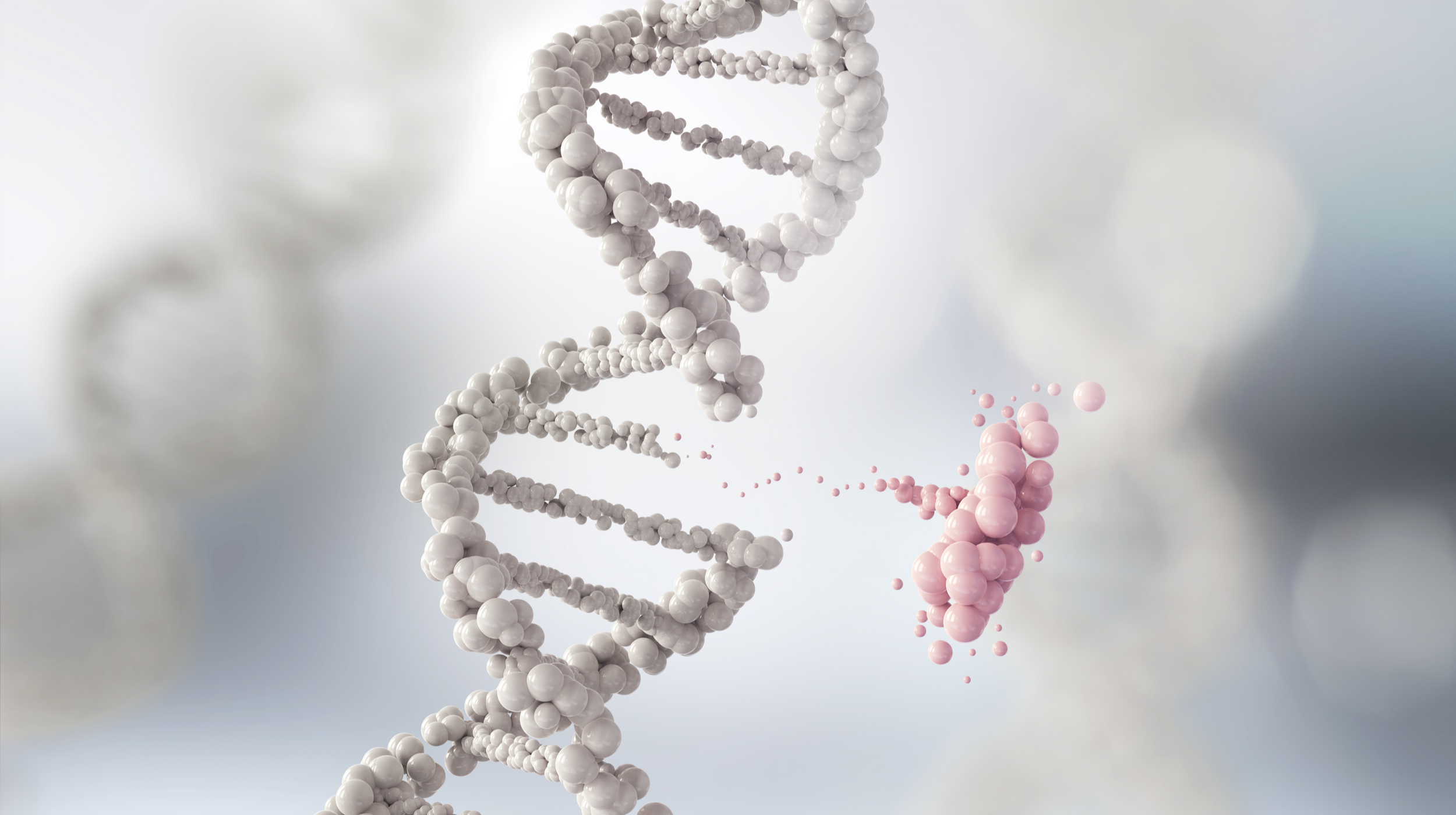How Your Genetics Influence Your Muscle Building Potential
Jun 16, 2020 mindpumpThere are many factors that come together which determine your total muscle building potential. There are controllable factors that involve how you live, eat, think and train. If your training, diet and lifestyle are perfectly suited to maximize muscle growth in your body, the only thing limiting muscle growth and strength gains would be uncontrollable factors, such as your genes.
Although how you eat, move and live can have profound effects on your bones, including your overall structure and the strength of your bones, your bones are also hardwired to have limits and to follow a genetically preset potential of possibilities. You could eat right, move, exercise, and live in a way that promotes amazing bone health, but you would never get as tall as the average NBA professional, if it was not also hardwired into your genes at birth.
Bone structure can have a strong influence on how much muscle you can build. Larger bone structures can support more muscle mass than smaller bone structures. Your bones are what your muscles are anchored to. Some bone structures can also make a person look more muscular than someone who actually has more muscle. Wide clavicles and narrow hips promote the “v-taper” look, which gives the illusion of being more muscular. Professional bodybuilders can thank their bones and bone structures for their competitive success, just as much as they can thank their muscles.
Your “muscle bellies” also play a significant role in how “big” and muscular you are and look. Muscle bellies are the meaty part of a muscle that do not include the tendon, this is predetermined by your genes. Think of a calf muscle that goes all the way down to the ankle vs a calf muscle that seems to sit high near the knee. The longer calf muscle has more potential for growth, due to the bigger belly. Professional bodybuilders typically have long muscle bellies all over their bodies.
Testosterone levels can be wildly influenced by lifestyle. What you eat, how you train, live, how you sleep, and even your mindset, have the potential to cut testosterone levels in half or double them. There is also a genetic component. Your upper limit for testosterone and how much your testosterone is easily affected by negative lifestyle factors, are largely determined by genes. Normal for one man, may be twice as high as another man who has a very similar lifestyle.
Testosterone levels have a huge influence on muscle building. It is one of the main reasons why men are generally much more heavily muscled than women. If you have naturally high testosterone levels because of your genes, then you will have an easier time building muscle compared to someone with lower natural levels.
Your muscles themselves can also be hardwired to build easily, or more difficult. Your muscles are made up of different types of muscle fibers. We can generally label them as fast twitch or slow twitch. Fast twitch muscle fibers work great for power, speed, and strength, but are not so great for endurance. They produce a lot of power but burn out quickly. Slow twitch muscle fibers are the endurance workhorses. They are not as strong or powerful, but they last much longer.
Fast twitch muscle fibers grow when they get better at what they do. Slow twitch fibers also grow, but to much less of a degree. Therefore, long-distance running does not build leg muscles like sprinting or barbell squats do. Although fast and slow twitch muscle fibers can act somewhat like each other if you train in specific ways, a large part of what determines the ratio of each is your genes. If the ratio of your muscle fibers is genetically far higher in fast twitch fibers, then they will build faster and larger than if they were higher in slow twitch fibers.
Your genetics also determine how responsive your body is to resistance training in general. Building muscle is an adaptation process, and if you consider everything that happens in your body from signal to change, it is very a complex process. Some people’s bodies respond like crazy to resistance training, regardless of all the above factors. Due to the complexity of the process we do not know why necessarily, but responsiveness in each person’s body is likely due to genetics.
The bottom line is that your genetics play a massive role in how big and muscular you can get or look. If that sounds deterministic, don’t fret; many of you are nowhere close to your top potential. Although very few people have gene or bone structures that generate millions of followers or win physique contests, everyone has the potential to look impressive to the average eye.







